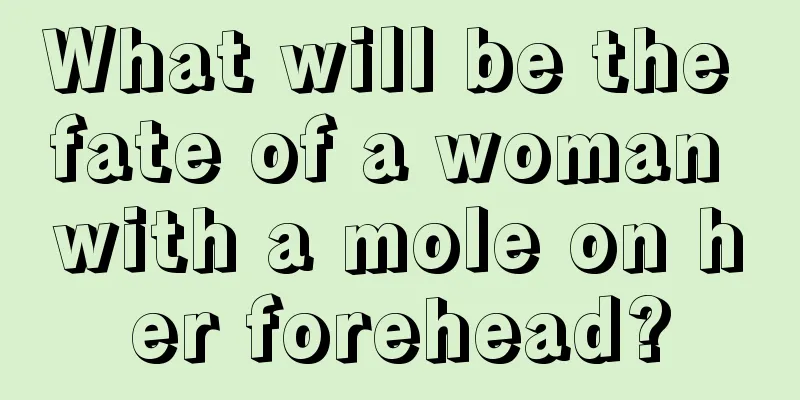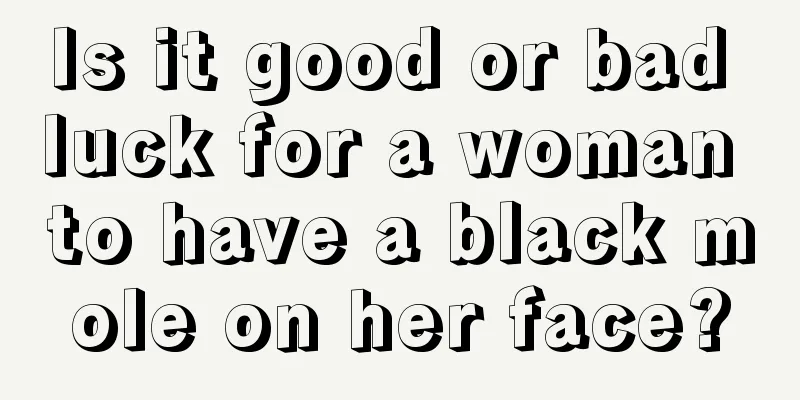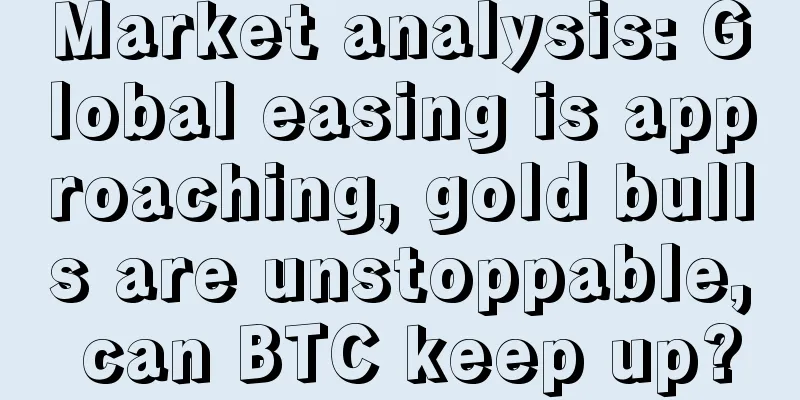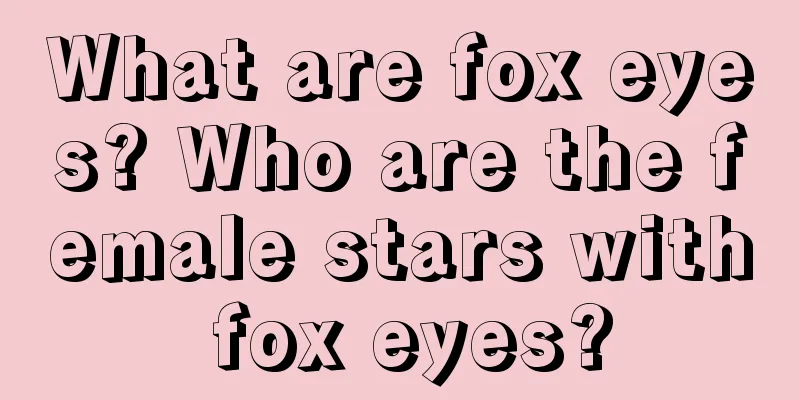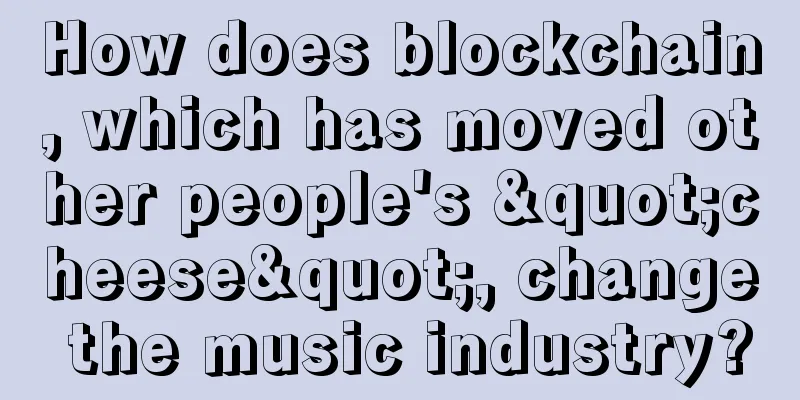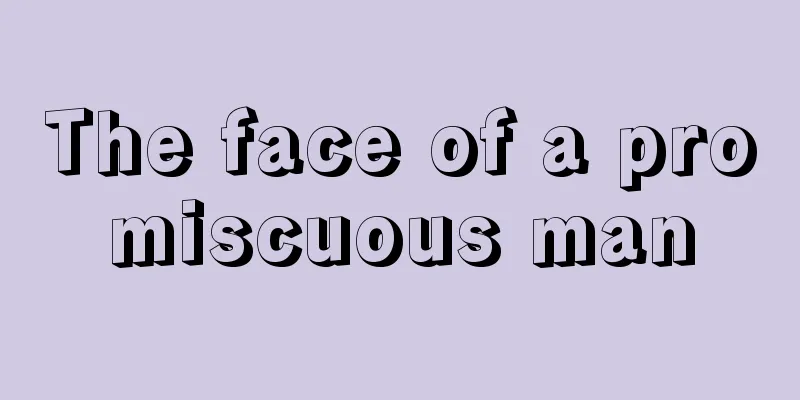From concept to implementation, Web3.0 takes shape
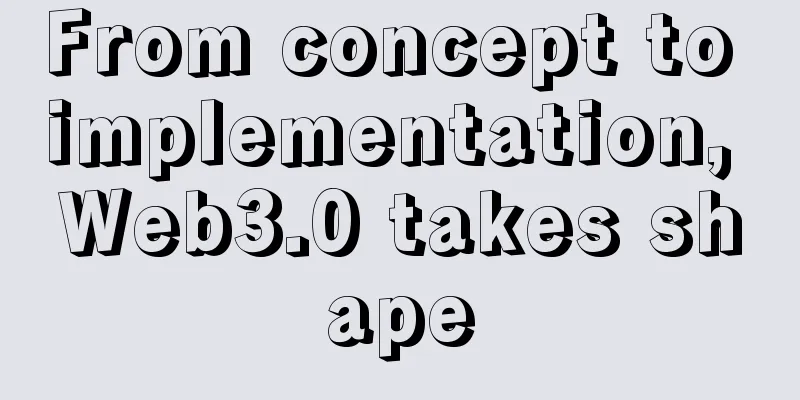
|
Among the on-chain applications spawned by the crypto asset craze, in addition to DeFi, NFT, chain game GameFi and other scenarios, there is also a hot word called "Web3.0". The concept of Web3.0 first appeared in 2014 and was first mentioned by Gavin Wood, co-founder of Ethereum and creator of Polkadot. Generally speaking, it refers to a "decentralized ecosystem network" built on blockchain technology. This system will include a series of open source protocols that can provide building blocks for application developers. The Web3.0 platform and applications built on blockchain technology are not owned by traditional centralized enterprises. The rights and assets granted by the network belong to developers and users. Changing the ownership of network products sounded very dreamy at the time. Indeed, in 2014, Web3.0 was really just a concept. It was not until 2020 and 2021 that applications mainly based on open finance on the Ethereum chain gradually emerged, and multiple public chains entered the market and formed a competitive relationship. NFT, blockchain games, and on-chain virtual spaces began to become application scenarios outside of DeFi, and the "decentralized ecosystem network" began to become feasible. In addition to the prosperity of public blockchains and applications, capital began to intervene. a16z, a well-known venture capital firm in the encryption field, reiterated Web3.0 and began to invest funds in this niche track. Today, mobile Internet is considered as Web2.0 by Web3.0 supporters, and the older Internet is even classified as Web1.0. Blockchain enthusiasts have sorted out the history of Web iterations in this way:
Compared with the functionality of applications, Web3.0 attempts to reconstruct value through a decentralized network and change the production relationship between the Internet, developers, and users. In a more vivid way, Web3.0 attempts to eliminate "middlemen" (Internet giants) and bring producers (application developers) and consumers (users) into direct contact, attempting to build a new business model between users and applications. If Web3.0 starts from value, blockchain and the new economic system it brings are indispensable. Decentralized network technology that does not rely on centralized servers is one aspect, and the tokens required for network operation constitute an economic model of "contribution and reward". Technology ensures the personalization of data information, and the economic model determines the new distribution of value. The infrastructure brought by the blockchain network is being improved. For example, encrypted wallets have replaced account registration and become a new entrance to the decentralized network and its applications. It is also one of the infrastructures of Web3.0. In addition, what other infrastructures does Web3.0 have? Does it have application support? This issue of DeFi Cell will bring you a related inventory. Web3.0 domain name service provider ENSIntroduction The full name of ENS is "Ethereum Name Service". It is a decentralized domain name service provider built on Ethereum. This tool simplifies the Ethereum address. It can convert the Ethereum address starting with 0X and composed of uppercase and lowercase letters and numbers into a domain name "xx.eth" that is easy for people to remember and identify. ENS official website How it works ENS provides readable name resolution services for blockchain personal addresses, on-chain application addresses, etc., and provides a unified standard for naming blockchain users. To put it simply, ENS solves the problem of on-chain identity readability. It translates on-chain addresses into a way that is easy for ordinary people to recognize and use, and parses a series of disordered characters into the domain name language "xx.eth" that Internet users are already accustomed to. Just like when we use websites now, we don’t need to enter a digital IP address, we only need to enter the website name. Since blockchain has the function of value transmission, with ENS, people no longer need to enter an address composed of complex characters when transferring value on the chain, but only need to enter the ENS domain name bound to the address. Although ENS is built on Ethereum, it is not limited to Ethereum. It supports multi-chain address resolution. Users can resolve the same ENS domain name to multiple blockchain network addresses such as Bitcoin and Litecoin. When transferring value on these networks, users can use multi-chain wallets to send and receive various blockchain network assets using the same domain name. Several decentralized wallets have begun to support the function of retrieving address domain names. In addition to personal address resolution, the ENS domain name can also be the name of a decentralized network or decentralized application. It has content addressing capabilities. Users can find the entrance by searching the ENS domain name of the network or application. For example, Uniswap has used ENS to establish the decentralized website uniswap.eth. In addition, ENS domain names can be bound to users' Internet social accounts, and NFT avatars can be set as ENS domain name avatars, allowing users' information to be bound to their on-chain identities in all aspects. The right to use ENS domain names belongs to users, who control their own personal information and data and bring them to every on-chain DApp application they use, becoming user identity proof in the Web3.0 era. Decentralized content creation platform MirrorIntroduction Mirror is a content creation tool that is logged in from an on-chain wallet. Users log in to the tool by linking their encrypted wallet and start writing. The content is stored on the decentralized data storage platform Arweave. The article records follow the creator's wallet address, and the created content will not disappear due to the closure of Mirror. Mirror official website In addition to writing, Mirror combines wallet entry + decentralized storage technology to reconstruct the way people express, share and profit from content, combining creators' data ownership, user interaction, and economic systems. Mirror is similar to a decentralized version of Medium, but it is not just a content creation tool. It also supports community collaboration and provides creators with token issuance tools to help crowdfunding. How it works Mirror has seven main functions: article publishing, crowdfunding, revenue sharing, NFTization, auction and voting. When editing content on Mirror, you can insert crowdfunding and auction information, and you can also NFT articles. Of course, this process requires paying the on-chain fee for minting NFTs. When content becomes NFT, it can be collected or purchased by readers, providing creators with a monetization channel. If the article is co-authored by multiple people, it can also automatically set up a proportional split of the proceeds through a smart contract. Collectors of article NFTs have permanent reading rights. Mirror's crowdfunding function allows users to raise funds through projects or ideas. It is also a tool for quickly launching decentralized organizations (DAOs). The initiator of an idea needs to fill in the project name and details according to the crowdfunding code of conduct, set the crowdfunding target amount and feedback method, and supporters can receive project rewards or NFTs. You can publish an article on Mirror to explain a product idea, or write a research report, or even plan to make a movie. For your idea, you can create a crowdfunding, call on the initial members of the community, let early users participate in the project, and give them special rewards. The function of community collaboration to complete the creation can summarize the talents of community users, and the voting function supports users to choose the development route, implement the use of funds, and allocate the use of funds. After the results are achieved, you can package it as an NFT auction, and the proceeds can be distributed according to the crowdfunding shares. Mirror is a tool that can be integrated with DAO and can also be used as an incubator for innovative projects. Distributed collaboration provides creative tools and capabilities for brainstorming, and can even evolve into a roadshow platform. It should be noted that Mirror has not issued any tokens yet and is still a heavily used tool. Decentralized content distribution platform RSS3Introduction RSS3 stands for Really Simple Syndication 3.0. It is a decentralized information aggregation platform designed to support the information dissemination and distribution of Web3.0. RSS3 official website Traditional "RSS subscription" allows users to actively subscribe to content. Developers of web content only need to add RSS programs, and users can subscribe to different blogs, news media and other web content according to their personal preferences. However, due to the upgrade of centralized content websites in the later period, the display of content is no longer simply arranged in chronological order, but algorithm recommendations are used to filter information content for platform users. In order to protect their own interests, centralized platforms do not disclose their screening mechanisms, which makes it inconvenient for users to use RSS subscriptions. Later, the developers of "RSS subscriptions" stopped operating because the product was difficult to monetize. DIYgod, co-founder of RSS3, said that while RSS3 pays tribute to "historical RSS subscriptions", it is also evolving towards Web3.0, and "3" represents "Web3.0". RSS3 believes that in the future Web3.0 world, content will be scattered across various decentralized networks. If users want to read content, they need to search on a decentralized platform. If these decentralized content platforms do not provide search functions, it will be very troublesome for users to use them. For example, Mirror currently only has a creative editor. If readers want to read the content on it, they usually need to rely on the creator's promotion on other channels, which brings inconvenience to current Internet users. RSS3 hopes to solve the above problems by aggregating information on decentralized content platforms so that users can subscribe and view according to their preferences, while providing new dissemination channels for these content creators. How it works RSS3 aggregates and presents content in a way that does not rely on a centralized platform and achieves decentralization at the storage level. Accordingly, it launched two products: Cheers (Web3 Pass personal profile) and Revery (information summary aggregator).
Compared with the decentralized personal profiles of the centralized Internet, RSS3 products are designed to aggregate information from multiple platforms in large quantities, and to present user behaviors in multiple dimensions, especially the interactions of on-chain applications. In the future, users can participate in social activities in a trustless way with their personal profiles on RSS3. RSS3 attempts to map user-generated content from centralized platforms to RSS3, breaking away from the absolute control of Web2.0 platforms over content, and then aggregate the information onto an independent website to build a decentralized content network that can be subscribed to and associated with each other. In RSS3, users can store data on a decentralized network. Combined with the traditional RSS subscription method, users can effectively aggregate information on a large scale based on their preferences and choices, and realize the convenience of reading decentralized content. Web3.0 transitional plugin Mask NetworkIntroduction In 2019, MaskNetwork (MASK) was created by former Chinese journalist and engineer Suji Yan. It is an intermediate plug-in application that helps users seamlessly transition from Web2.0 to Web3.0. Mask Network allows users to seamlessly send encrypted assets on traditional social platforms (such as Twitter, Facebook, Instgram, etc.), and even experience decentralized applications such as DeFi, NFT, and DAO. Mask Network official website Operational Mechanism Mask Network did not directly attempt to subvert the existing centralized Internet giants. It took into account the reality that it is difficult for users to leave traditional social media at the beginning of its design. Therefore, it adopted a softer approach, using plug-ins to guide users to migrate to decentralized blockchain networks, and also facilitate users to have a better experience in participating in Web3.0. The role of plug-ins is to break the previous blockade of the Internet and become a bridge between Web2.0 and Web3.0. There are already many well-known plug-in tools on the market, such as the oracle Chainlink, which transmits off-chain data on the Internet to the blockchain network, but because it serves smart contracts, individual users cannot perceive it. Mask Network's tool form provides Internet users with more choices. By adding a third-party plug-in to the traditional Internet platform, users can experience sending encrypted messages, trading encrypted assets, trying DApps and other operations. For example, users can add the Mask Network plug-in to the Twitter platform to experience sending encrypted messages. In addition, the tool has also created an original ITO (Initial Twitter Offering), which is the first public crowdfunding through Twitter. Through the Mask Network plug-in, users can also use decentralized trading applications such as Uniswap directly on Twitter to experience the exchange of encrypted assets. The plug-in also supports encrypted asset red envelopes. The Mask Network plug-in provides a series of blockchain application entrances without changing user habits, lowering the threshold for users to use Web3.0 applications. |
<<: This article will show you how Solana’s market value increased 170 times last year
>>: After three years, payment giant Stripe embraces cryptocurrency again
Recommend
Is the mole under the armpit a good omen or a bad omen?
Is the mole under the armpit a good omen or a bad...
Ordinals founder: Bitcoin maximalists are advised to put aside their complaints about inscriptions
If you ask me what my crypto views are, I think t...
Coin Zone Trends: Bitcoin Price Trends Based on Big Data This Week (2016-07-22)
Fluctuations gradually decrease, and the price of...
What does a mole on a woman's nose mean?
The nose root is at the base of the nose, which i...
Characteristics of a person who is particularly frugal
Frugality is a virtue. From childhood to adulthoo...
How to tell whether a woman's face is good or bad
Facial features can tell whether a person is good...
Do women with square faces look poor? How will their fortune be in their later years?
Everyone wants to get rid of poverty, because no ...
What is the fate of a man with a mole on the back of his left hand?
The different locations of moles have different m...
What does the fork below the lifeline indicate?
Each of us has palm lines. In most cases, people&...
What kind of face makes a man have a good life?
The fate of a person's life can be seen from ...
Lip Physiognomy: What fate does your lips hide?
Lip Physiognomy: What fate does your lips hide? 1...
After Chaoyang District, Beijing, another district is banned from hosting virtual currency promotion activities
Today (August 29), a reporter from the "Dail...
Borrowing Afagou’s nonsense: Blockchain is the prelude to the rise of machine consciousness
During the AMA event held by Babbitt Forum today ...
What are the best cryptocurrencies to buy in this bear market?
The cryptocurrency market is in the midst of a be...
Note: Vertical lines on the forehead are very helpful to your destiny
1. Forehead wrinkles If a person has a "川&qu...
